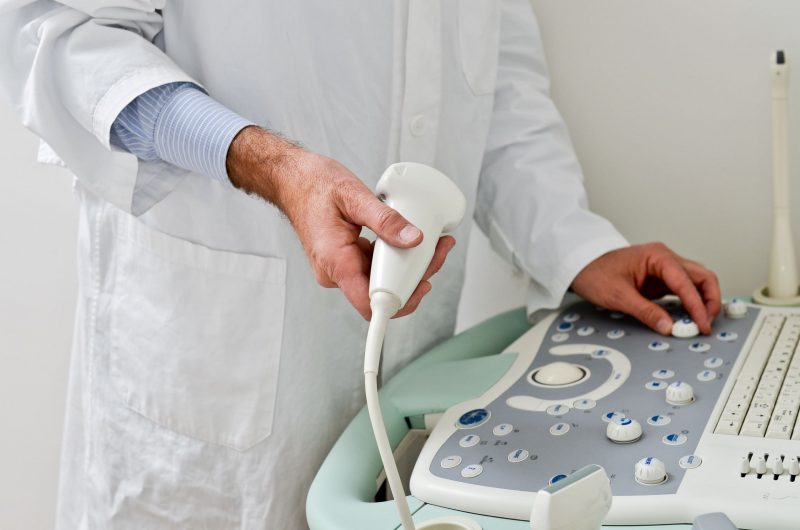Over the last few years, there have been many advancements in medical packaging for the pharmaceutical industry. One of the most significant is the serial number capability on packaging for today’s medication.
Single doses of medication designed for hospitals and healthcare facilities are now packaged in single dose blister packs, much like those you see in over the counter medications at your pharmacy. These paper blister packs come in long ribbons, each fitted with a single dose of medication. This medical packaging makes it easier for nurses to distribute medications to patients.
However, likely the most important feature of this single dose medication packaging is not its convenience, but rather how it helps hospitals and healthcare facilities keep track of inventory and prevent theft and loss.
These single dose blister packs feature a serial number on each dose. When the medication is checked in at the facility, the serial numbers are recorded into the inventory system. As each dose is given to patients, the serial number of the package is registered to the patient’s room, allowing each dose of medication to be accounted for. If a serial number is skipped, for example, it’s easy to see that this dose is unaccounted for.
This method helps bill medication directly to the patient’s account, too. Each time a dosage is scanned in as it is delivered, it is automatically removed from the inventory system and billed to the patient at the same time. Medical packaging like this helps prevent loss, prevent inaccurate billing, and helps inventory specialists know when new medication needs to be purchased.
Serial numbers and bar code scanning have long been effective practices in retail. These practices are proving just as effective for accounting and loss control methods in the medical field, too.





